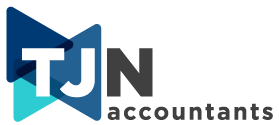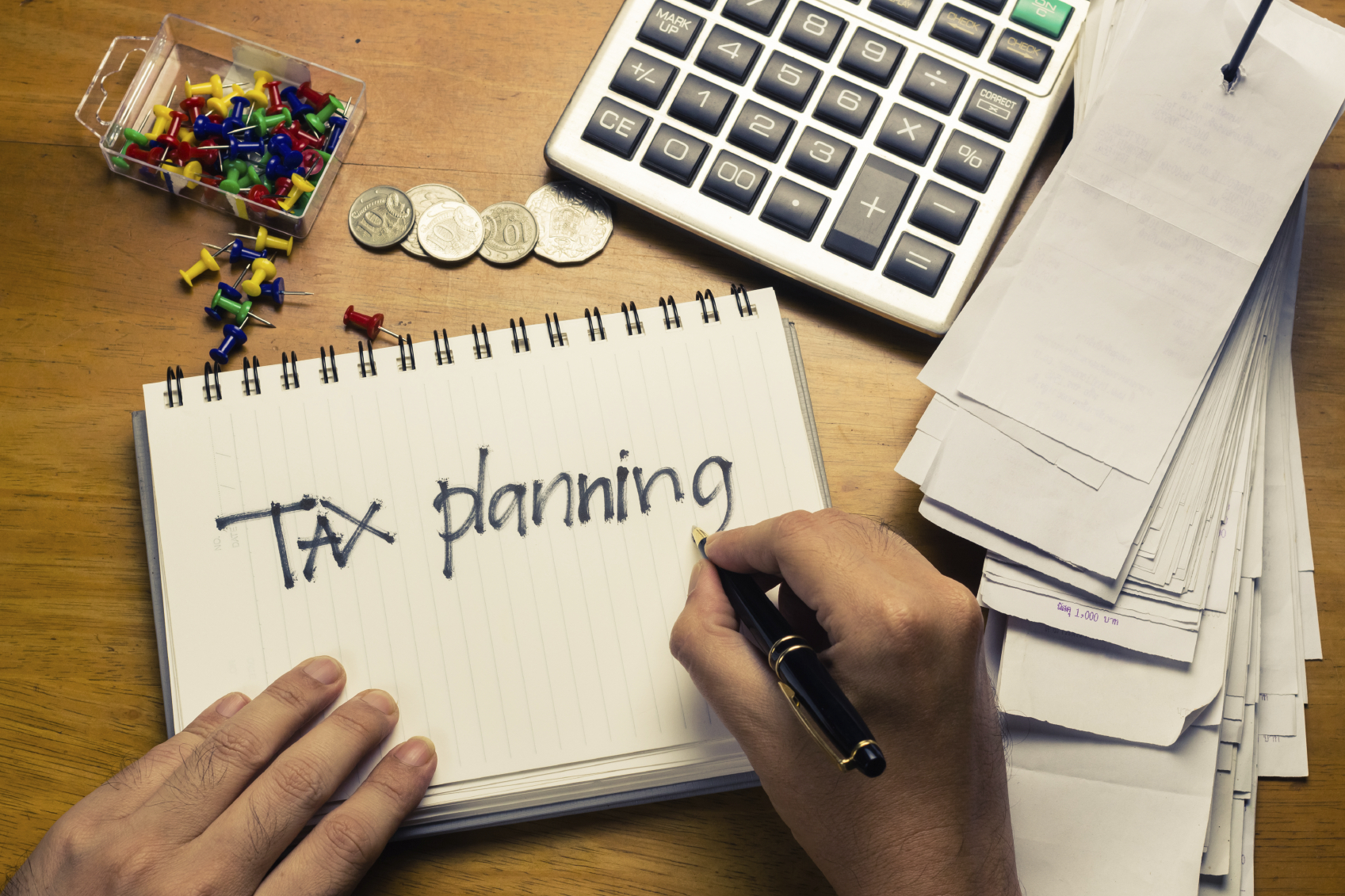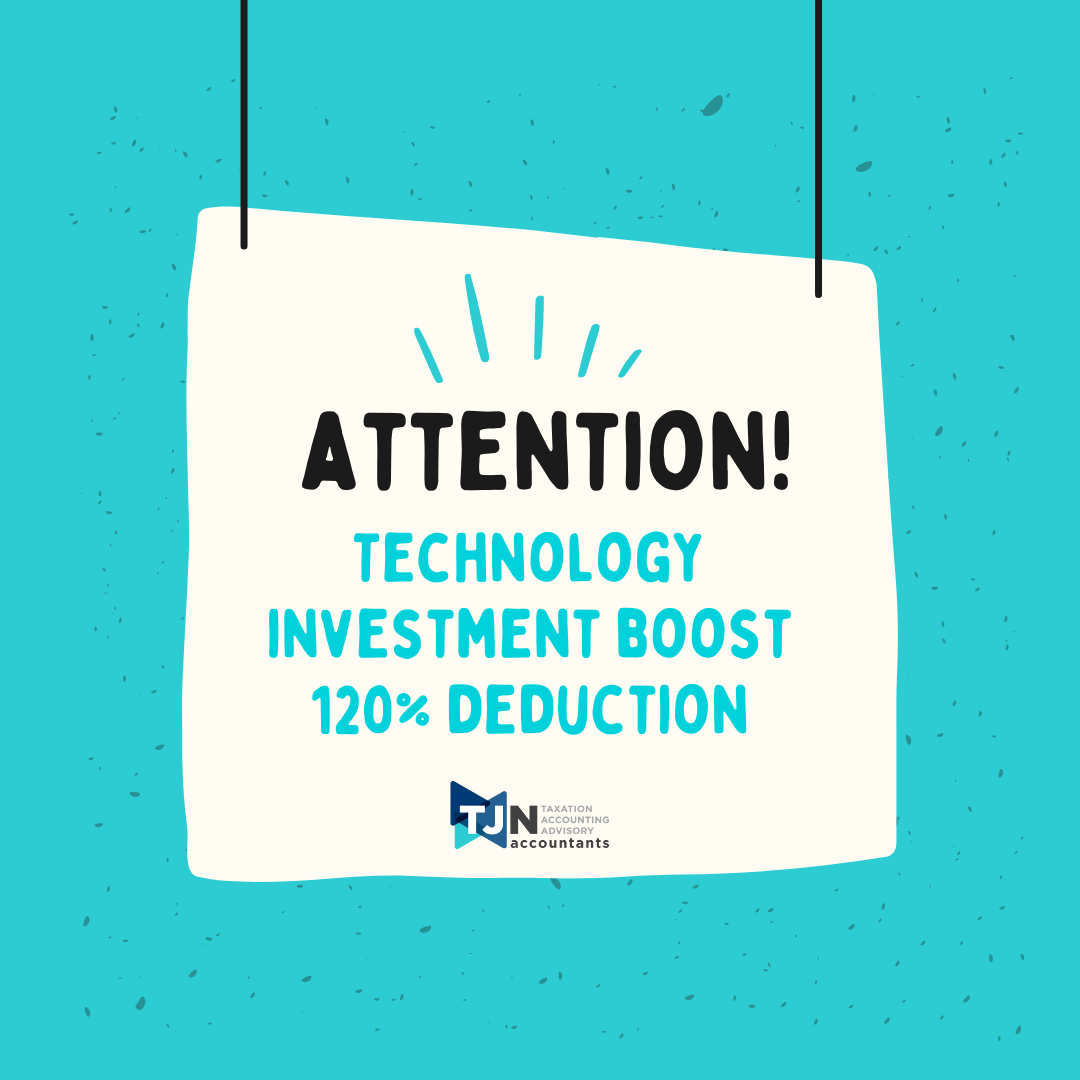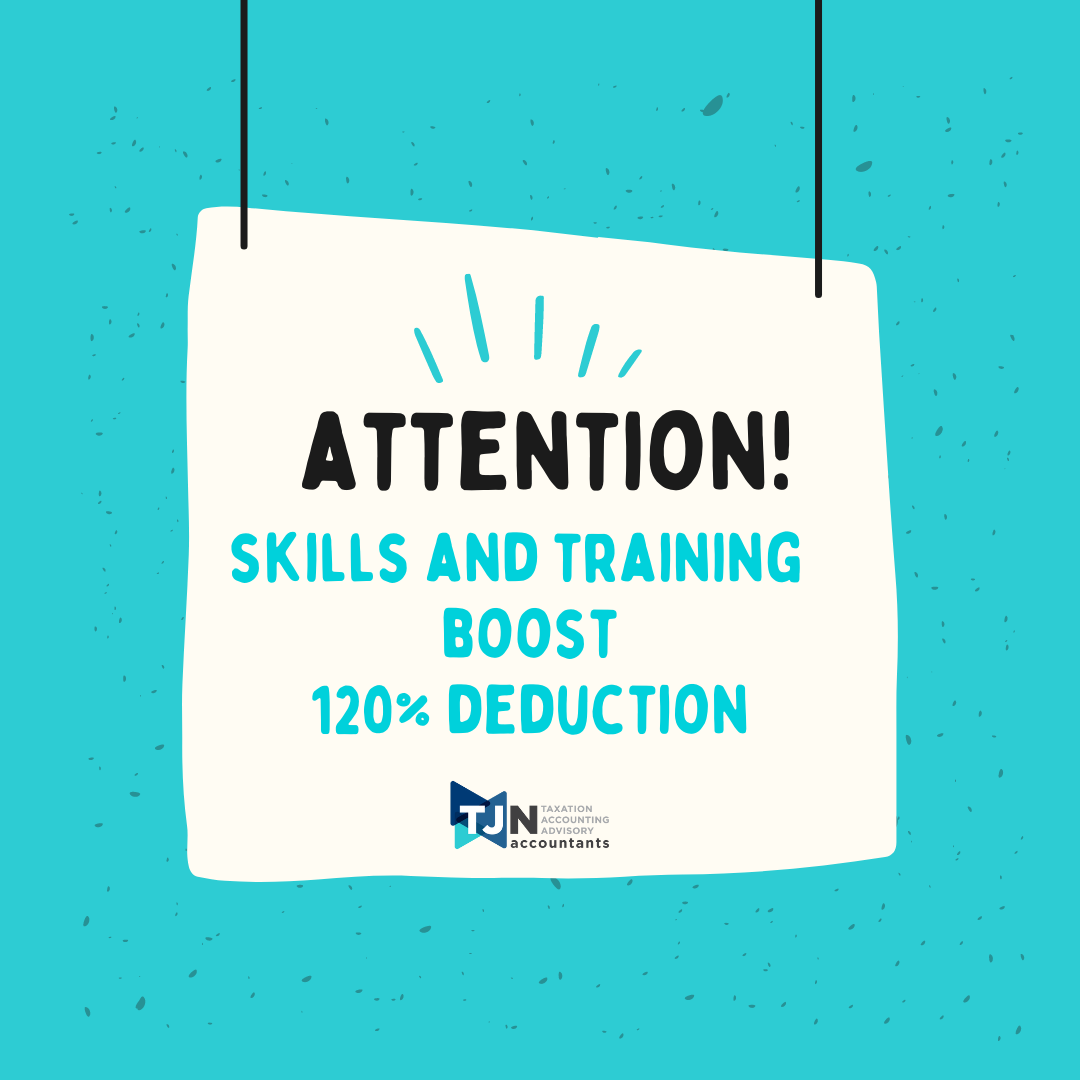Upcoming Changes to ATO Interest: What Businesses Need to Know
As part of the Mid-Year Economic and Fiscal Outlook, the Government announced that it will pass legislation to deny deductions for ATO interest charges (this includes General Interest Charge (GIC) and shortfall interest charges (SIC)) from 1 July 2025.
This applies to all GIC and SIC charged by the ATO – including interest charged on payment arrangements.
Despite the ATO’s interest rates rendering it an expensive debt financing option (current rate is 11.34% in June 2024), numerous businesses have favoured it for its ease and accessibility, bypassing the formalities associated with traditional lenders like banks.
Although the ATO imposed GIC/SIC will no longer be deductible, if businesses were to seek finance elsewhere to pay their ATO debt, interest on this finance is deductible.
What does this mean for businesses?
If you currently use payment plans with the ATO as a means of financing your tax liabilities (including GST, PAYG withholding and income tax), we recommend that you review your cashflow forecasting to ensure you have sufficient cashflow to pay your tax liabilities as and when they fall due.
Cashflow forecasting should always be a cornerstone of your business planning. However, if you don’t currently forecast your cashflow, we recommend that you start from at least 1 July 2024 to ensure that you have sufficient cashflow to fund your 2024-25 and future ATO liabilities.
As needed, consider exploring alternative financing avenues to pay ATO liabilities, such as bank overdrafts or loans secured by property. Interest incurred on such borrowings is tax-deductible when used for business purposes, including paying ATO obligations.
How can we help?
We’re here to help you evaluate your business’s cash flow and forecasts. Additionally, we can connect you with finance brokers who specialise in assisting clients in accessing additional financing options for their businesses.
Note: Legislation to enact this has not yet been passed. We will keep you up-to-date of the passage of the relevant legislation.
DISCLAIMER: The information in this article is general in nature and is not a substitute for professional advice. Accordingly, neither TJN Accountants nor any member or employee of TJN Accountants accepts any responsibility for any loss, however caused, as a result of reliance on this general information. We recommend that our formal advice be sought before acting in any of the areas. The article is issued as a helpful guide to clients and for their private information. Therefore it should be regarded as confidential and not be made available to any person without our consent.

Jeanette has over 20 years experience as an accountant in public practice. She is a Chartered Accountant, registered tax agent and accredited SMSF Association advisor. When she is not helping business owners grow their empires, you will likely find her out running on the trails or at the gym. Book in to see Jeanette today.







